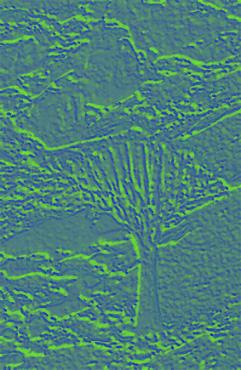 |
Aloes are found from Arabia in the North to Madagascar in the
East and Southern Africa in the South. Gilbert Westacott Reynolds documented over 300
species of aloes (about 170 species are found in South Africa). Aloes occur naturally only
in Africa, in Mexico, where Aloe vera escaped from cultivation, it has been
naturalised. |
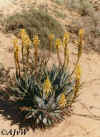 |
 |
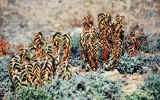 |
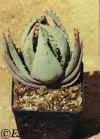 |
| Aloe microstigma | Aloe mitriformis | Aloe pearsonii | Aloe peglerae |
 |
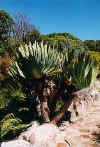 |
 |
 |
| Aloe pillansii | Aloe plicatilis | Aloe striata ssp karasbergensis | aloe_aculeataXcastanea |
 |
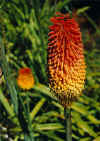 |
||
| Aloe spp | Kniphofia |
